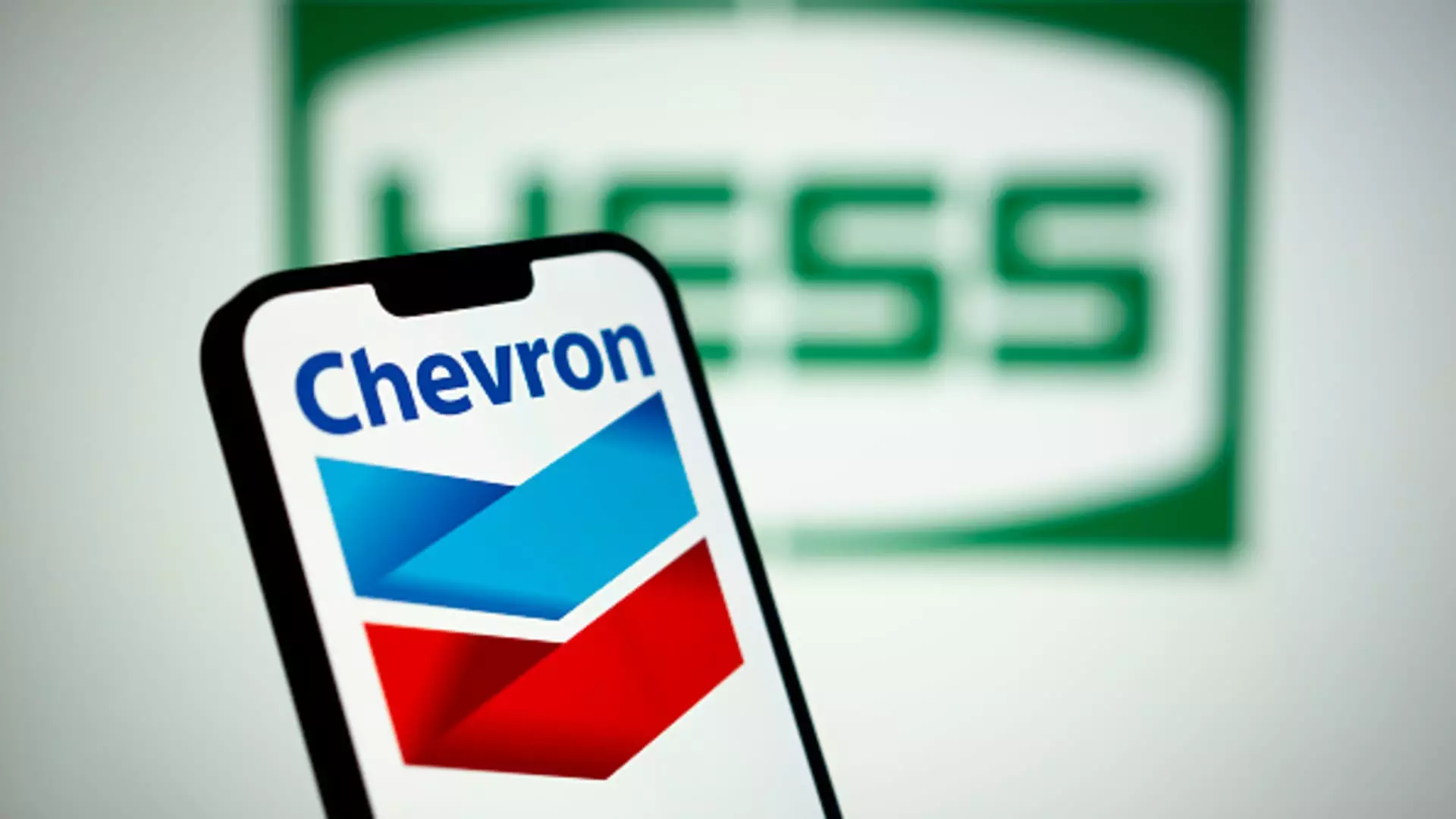Chevron Corporation has once again demonstrated its resilience in the oil market by surpassing third-quarter earnings and revenue expectations. The company reported an adjusted earnings per share of $2.51, eclipsing the anticipated $2.43 according to a survey conducted by LSEG. This robust performance reflects Chevron’s ability to navigate a complex and challenging market while providing substantial returns to its shareholders. In fact, the company announced a staggering $7.7 billion in cash returns to shareholders, which included share buybacks and dividends. This figure indicates an emphasis on rewarding investors even amidst a backdrop of declining profits compared to the previous year.
Despite the positive earnings report, Chevron experienced a notable 31% drop in net income—down to $4.49 billion from $6.53 billion during the same quarter in 2022. This decline can largely be attributed to reduced margins on refined product sales, lower oil prices, and the absence of favorable tax arrangements that had previously bolstered profits. Such a contrast highlights the volatile nature of the oil market and raises questions regarding Chevron’s long-term profitability as the industry grapples with fluctuating energy prices.
Strategic Moves to Optimize Operations
To counteract these financial challenges, Chevron is actively pursuing a strategy aimed at streamlining its operations. The company plans to divest assets from several locations, including Canada, the Congo, and Alaska, with these sales expected to conclude by the end of 2024. This move signifies a proactive approach to optimize their portfolio and focus on more profitable assets. Moreover, Chevron has set ambitious targets for cost reductions, seeking to cut expenses by $2 billion to $3 billion from 2024 through 2026.
While these strategic efforts may enhance operational efficiency, they are not without risks. The company’s stock has remained largely stagnant this year, underperforming the broader S&P 500 energy sector, which has seen gains over 6%. The uncertainty surrounding Chevron’s ongoing $53 billion acquisition of Hess Corp. is also a pertinent issue, as it has put additional pressure on stock performance. Although the Federal Trade Commission has cleared the deal, complications remain due to Exxon Mobil’s claims over Hess’s valuable oil assets in Guyana, possibly jeopardizing the acquisition’s successful closure.
The Road Ahead for Chevron
As Chevron navigates a complex landscape marked by falling profits and strategic repositioning, it faces significant challenges and opportunities ahead. The company’s ability to leverage its strengths while addressing external pressures will be crucial in maintaining investor confidence. Chevron’s forward-looking approach, including the major acquisition and aggressive cost-cutting strategies, suggests a willingness to adapt to current market demands.
Ultimately, the evolving dynamics of the global oil market will dictate the company’s journey in the coming quarters. Stakeholders will need to keep a close eye on how successfully Chevron executes its strategic initiatives and addresses regulatory hurdles. The mix of solid earnings alongside its short-term challenges serves as a reminder of the inherent volatility in the oil sector, leaving many wondering whether Chevron can sustain its momentum and regain its standing amidst industry-wide uncertainty.

